Beavers vs Otters: What Are The Differences?
Ever get confused between beavers and otters? While these semi-aquatic mammals share some similarities, they're also distinct in many ways. Want to find out the differences between beavers and otters? Let's dig in!
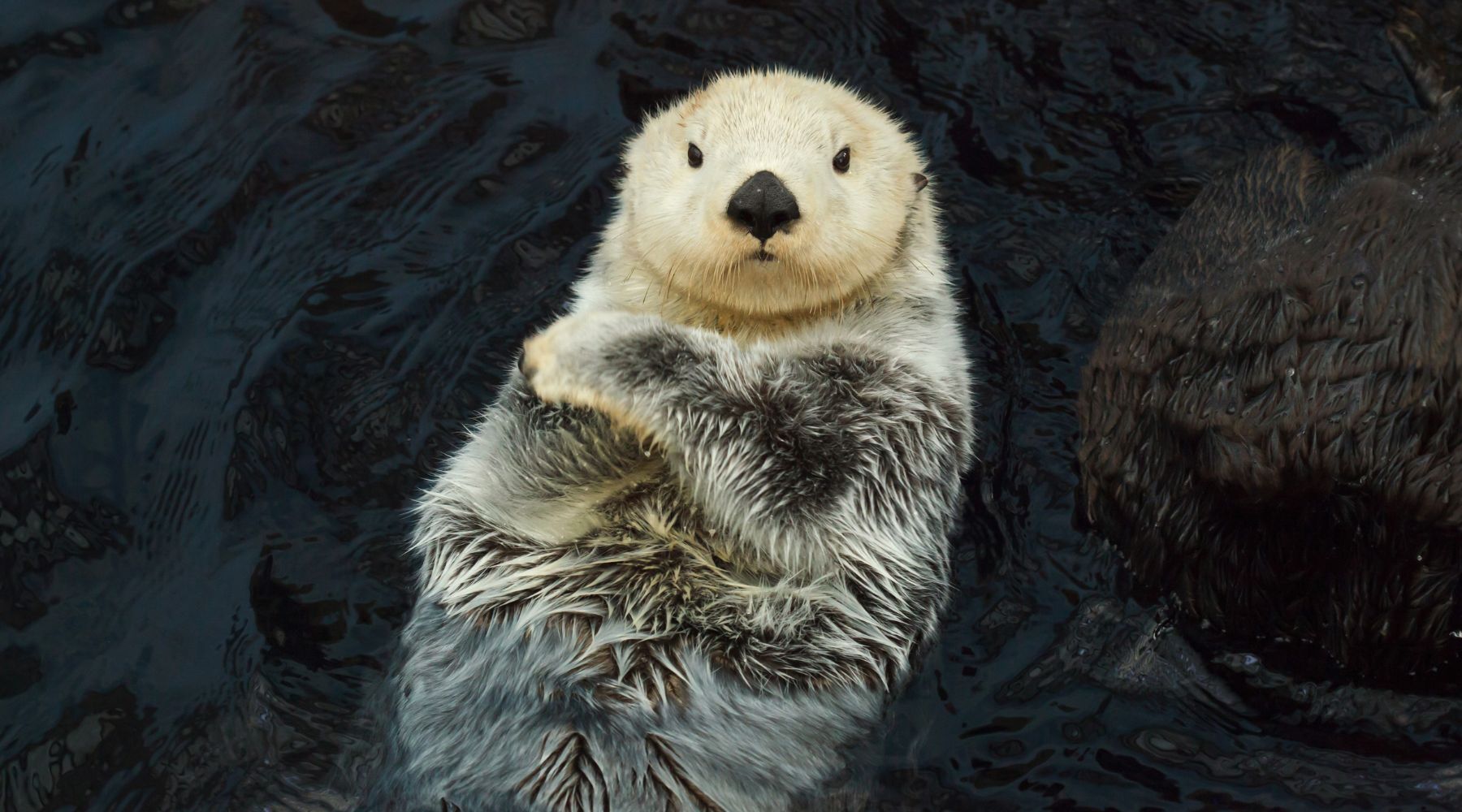
Beavers vs Otters: Family & Order
Beavers and otters aren't related, belonging to different families and orders:
Beaver Taxonomy
Beavers are members of the family Castoridae. Interestingly, the North American beaver (Castor canadensis) and the Eurasian beaver (Castor fiber) are the only 2 members of this family.
Beavers belong to the order Rodentia.
It's worth noting that a third creature that is named a beaver - the Mountain beaver - isn't actually a beaver at all and is instead a rodent.
Otter Taxonomy
On the other hand, otters belong to the family Mustelidae, which is a large family that incorporates other creatures such as weasels, badgers, mink, polecats and more. There are also several types of otter, including the sea otter, smooth-coated otter, and Eurasian otter.
Otters belong to the order Carnivora.
Beavers vs Otters: Size
An adult beaver can weigh anywhere from 40 to 70 pounds, or sometimes even more, and can reach lengths of between 3 and 4 feet. Their size makes them the largest rodent in North America and the second largest rodent in the world, second only to capybaras.
Otters vary in size and weight depending on type. River otters may weigh somewhere between 10 to 30 pounds and measure between 2.5 and 5 feet in length, whereas sea otters usually weigh around 50-90 pounds and measure up to 5 feet.
Beavers vs Otters: Appearance
Beavers have stocky bodies, broad flat tails, and webbed hind feet. Their large orange incisors are ideal for gnawing through trees and building dams.
In contrast, otters have sleek, streamlined bodies with very dense fur and webbed feet, making them excellent swimmers. They have sharp, pointed muzzles and short legs, perfect for hunting in water.
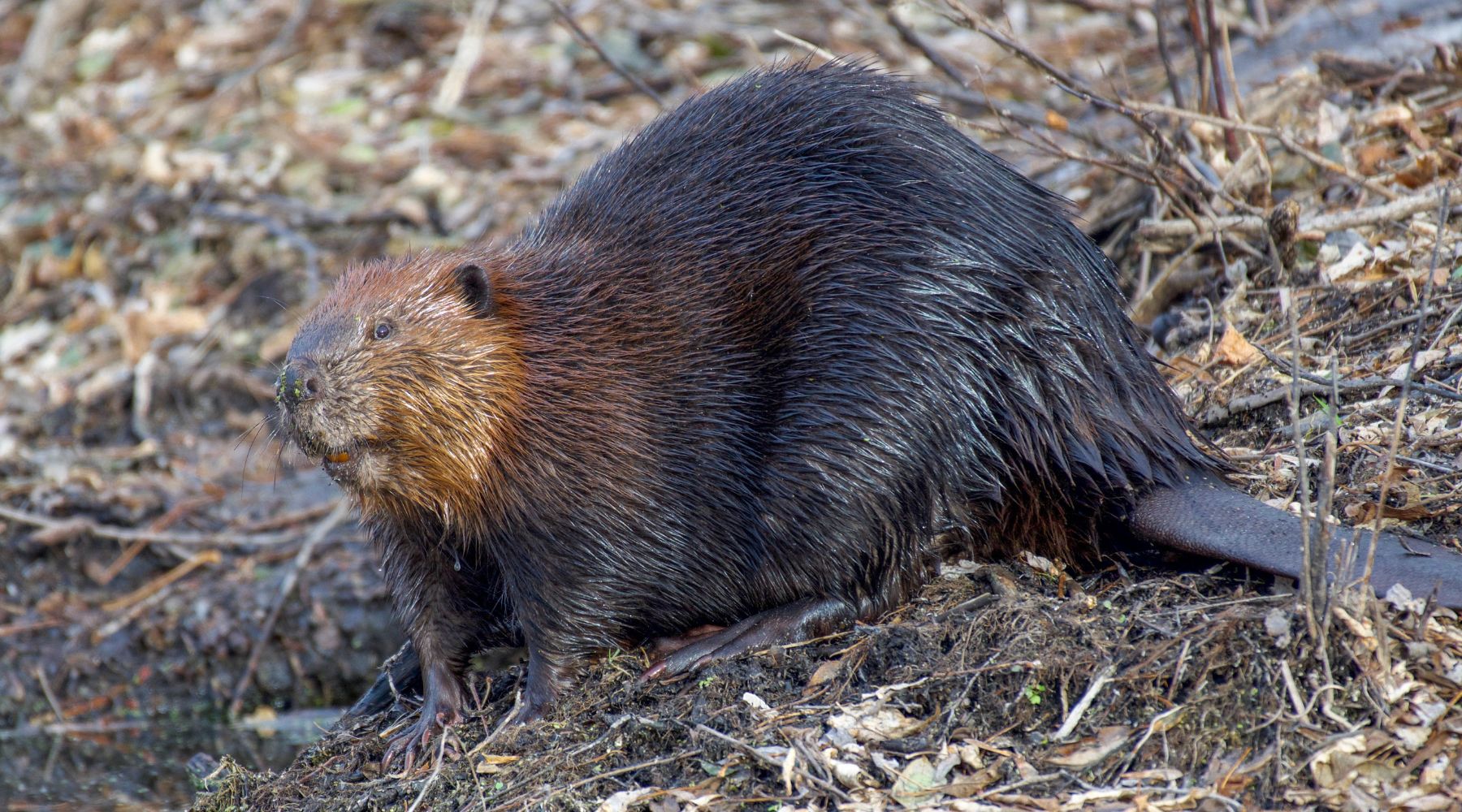
Beavers vs Otters: Diet & Behavior
Another significant difference between these two animals is their diet and behavior.
Beaver Diet
Beavers are herbivores and primarily consume plant materials such as bark, leaves, twigs, and aquatic vegetation.
Beaver Behavior
Beavers are well known for their impressive engineering skills, building dams and lodges with the wood they fell using their sharp teeth. The structures they make are highly beneficial to the environment and to a variety of other creatures, through providing wetland habitats and providing protection from predators, which is why beavers are a keystone species.
Otter Diet
Otters, on the other hand, are carnivores and are highly skilled hunters. They mainly feed on fish, crustaceans, amphibians, and other aquatic prey.
Otter Behavior
Otters are agile swimmers, making them efficient hunters in water. They're social animals who exhibit playful behavior, often gathering in groups called rafts. One of the most fascinating otter facts is that they use tools to help them eat!
Similarly to beavers, otters are a keystone species because of their impact on the environment, including aiding the survival of kelp forests.

Beavers vs Otters: Habitat
Beavers are known for their ability to alter their environment by creating dams that result in the formation of ponds or wetlands. They are most commonly found in freshwater habitats such as rivers, streams, and lakes, where they can build their lodges and dams.
Otters inhabit a variety of aquatic habitats, including freshwater rivers, lakes, and coastal areas.
Beavers vs Otters: Conservation Status
The conservation status of beavers and otters also varies. Beavers have generally made a successful comeback in many regions after facing significant declines due to fur trapping in the past. Today, they are considered of least concern in terms of conservation status.
Otters, on the other hand, face various threats, including habitat destruction, pollution, and illegal hunting. Several otter species are listed as either vulnerable or endangered, depending on their geographic location.
In conclusion, while beavers and otters share a semi-aquatic lifestyle, their differences are quite pronounced and they're very different animals. Shop all nature apparel at BeCause Tees, including beaver and sea otter designs, and we'll make a donation to nonprofits and fund the planting of trees.

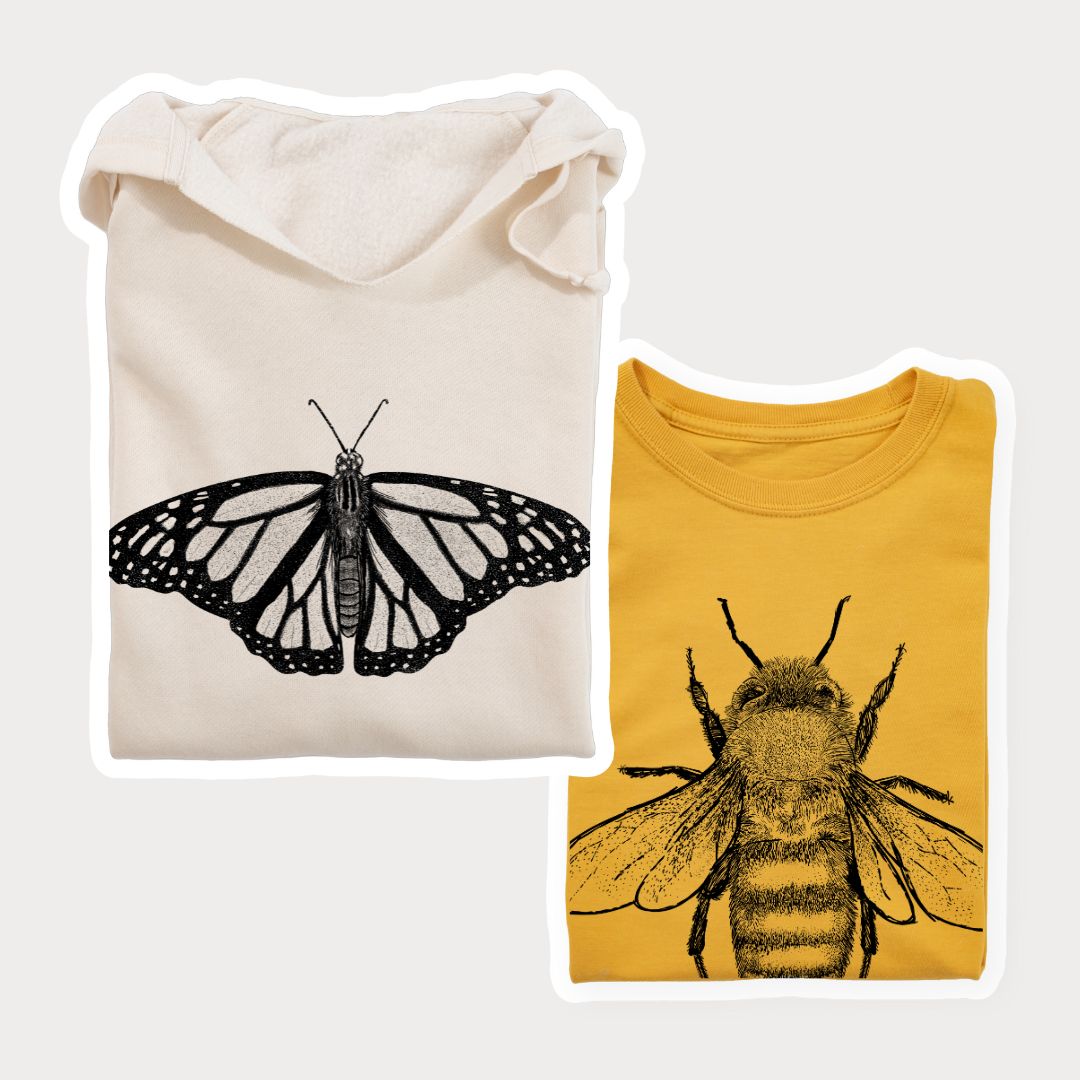



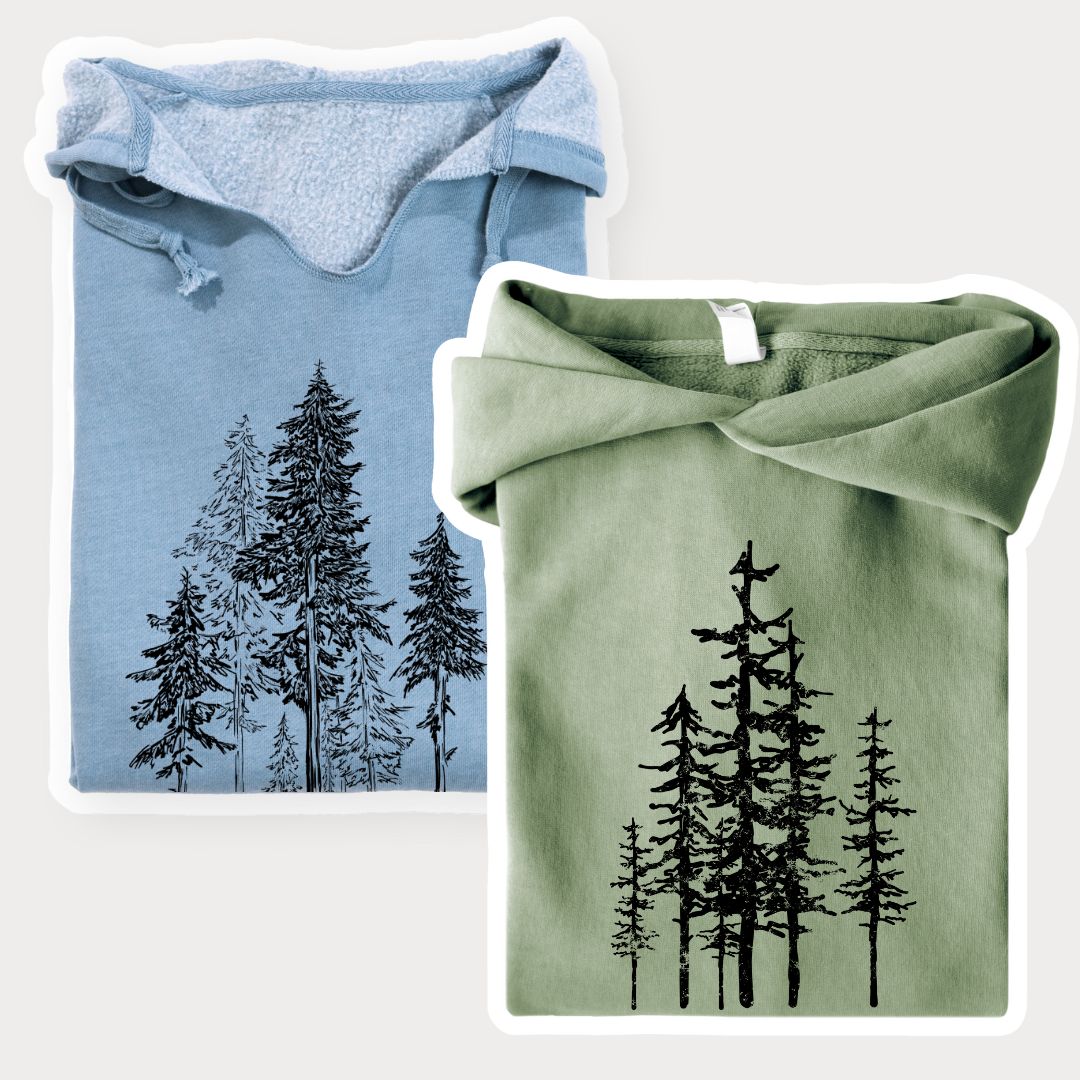
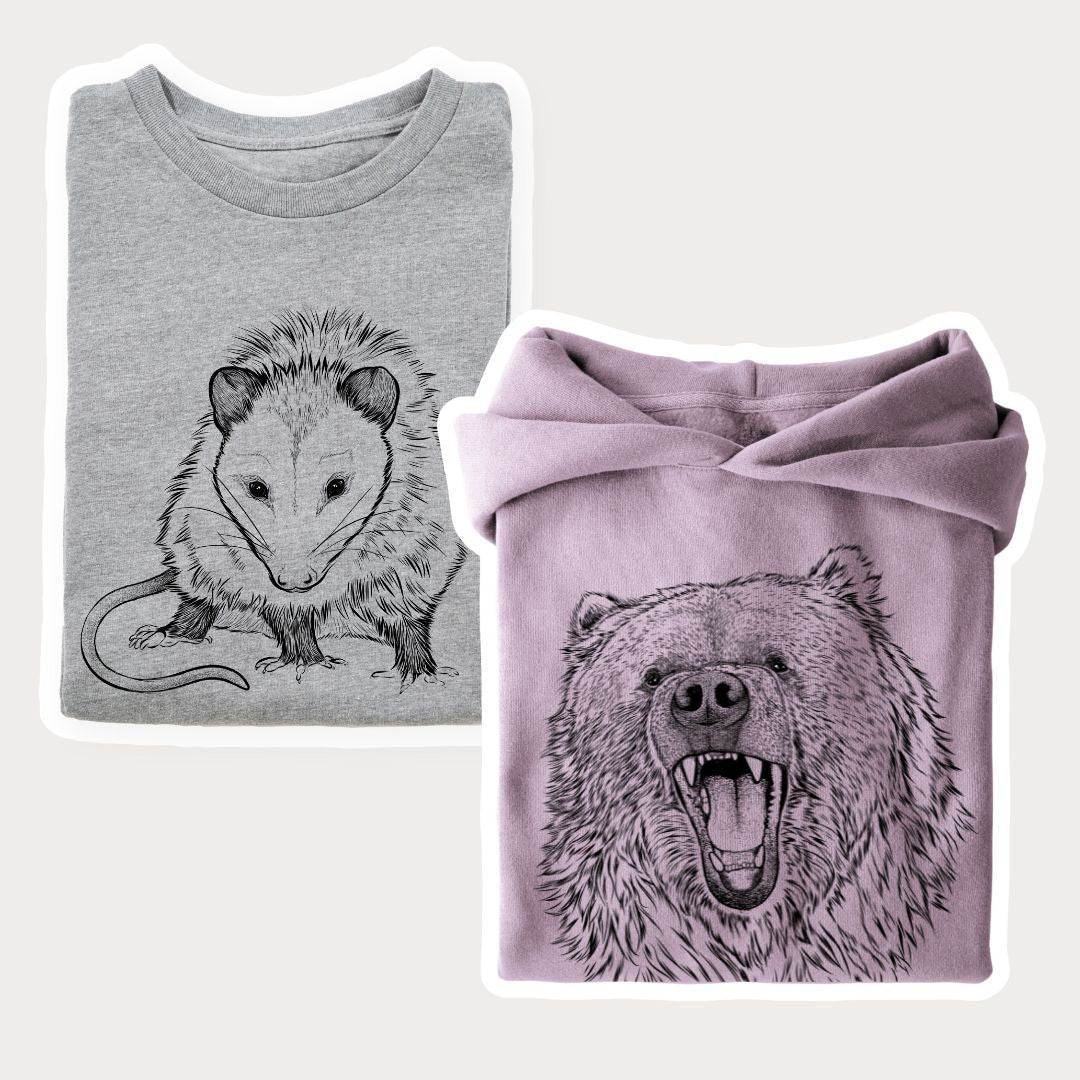




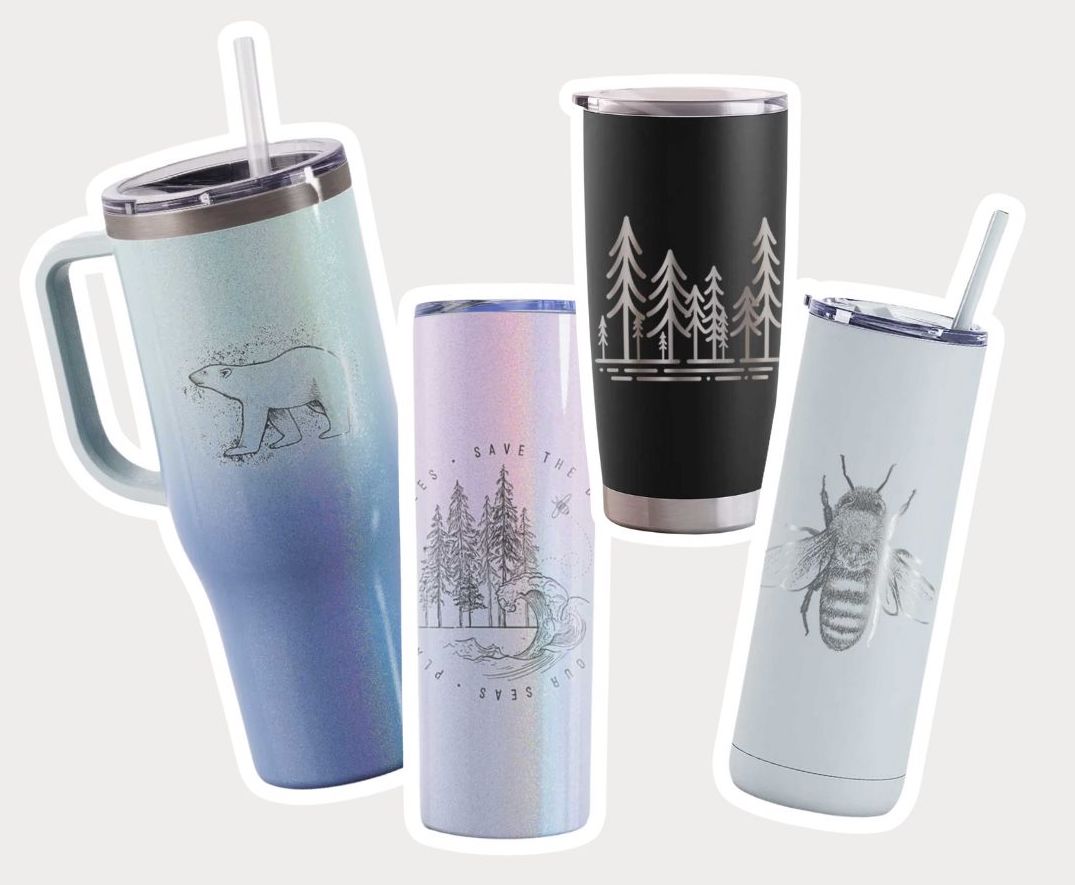
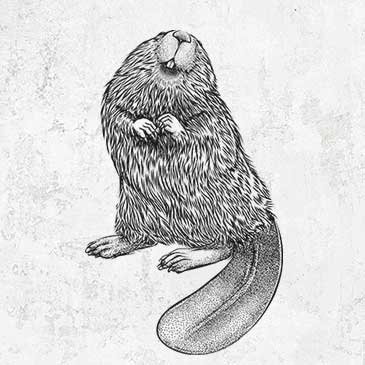

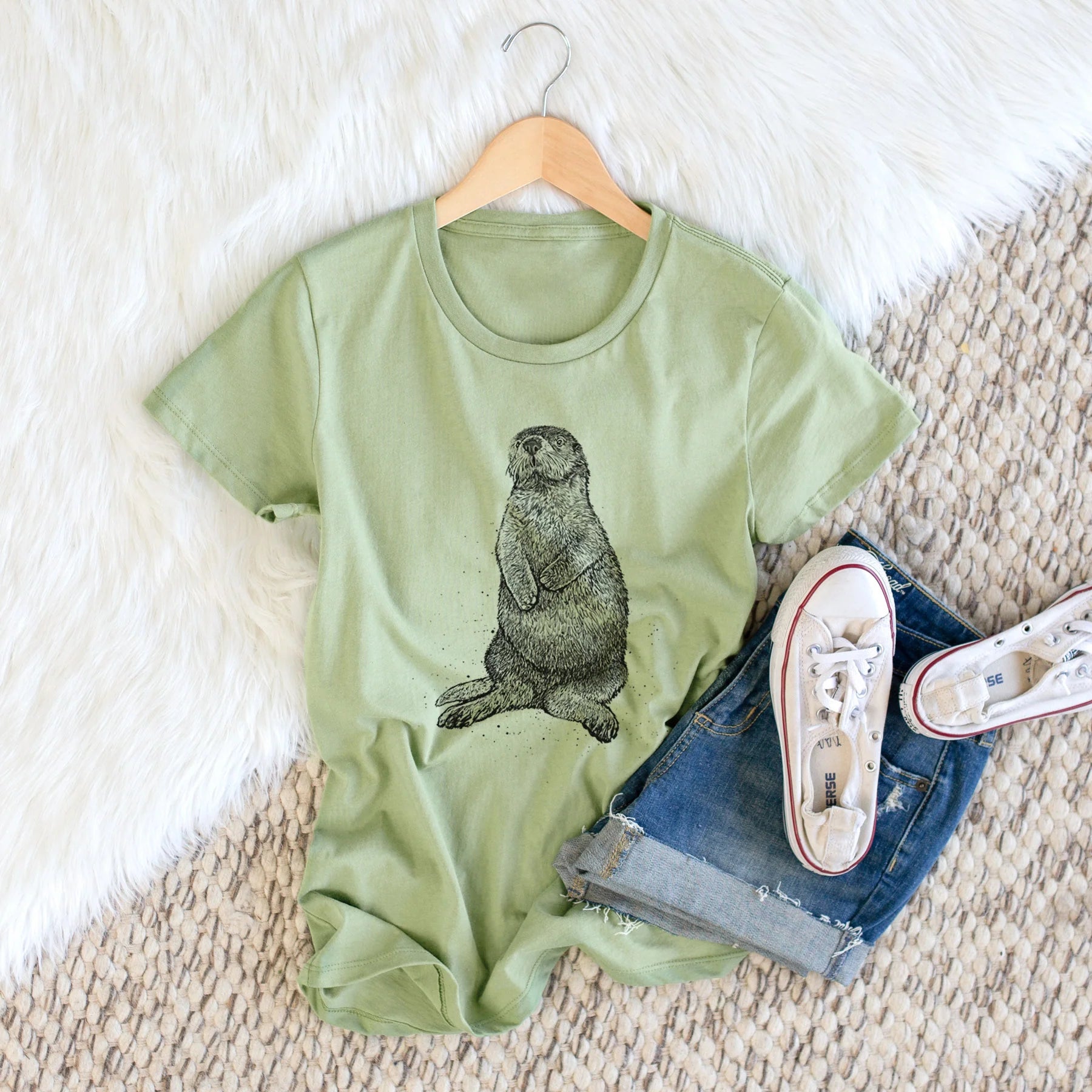

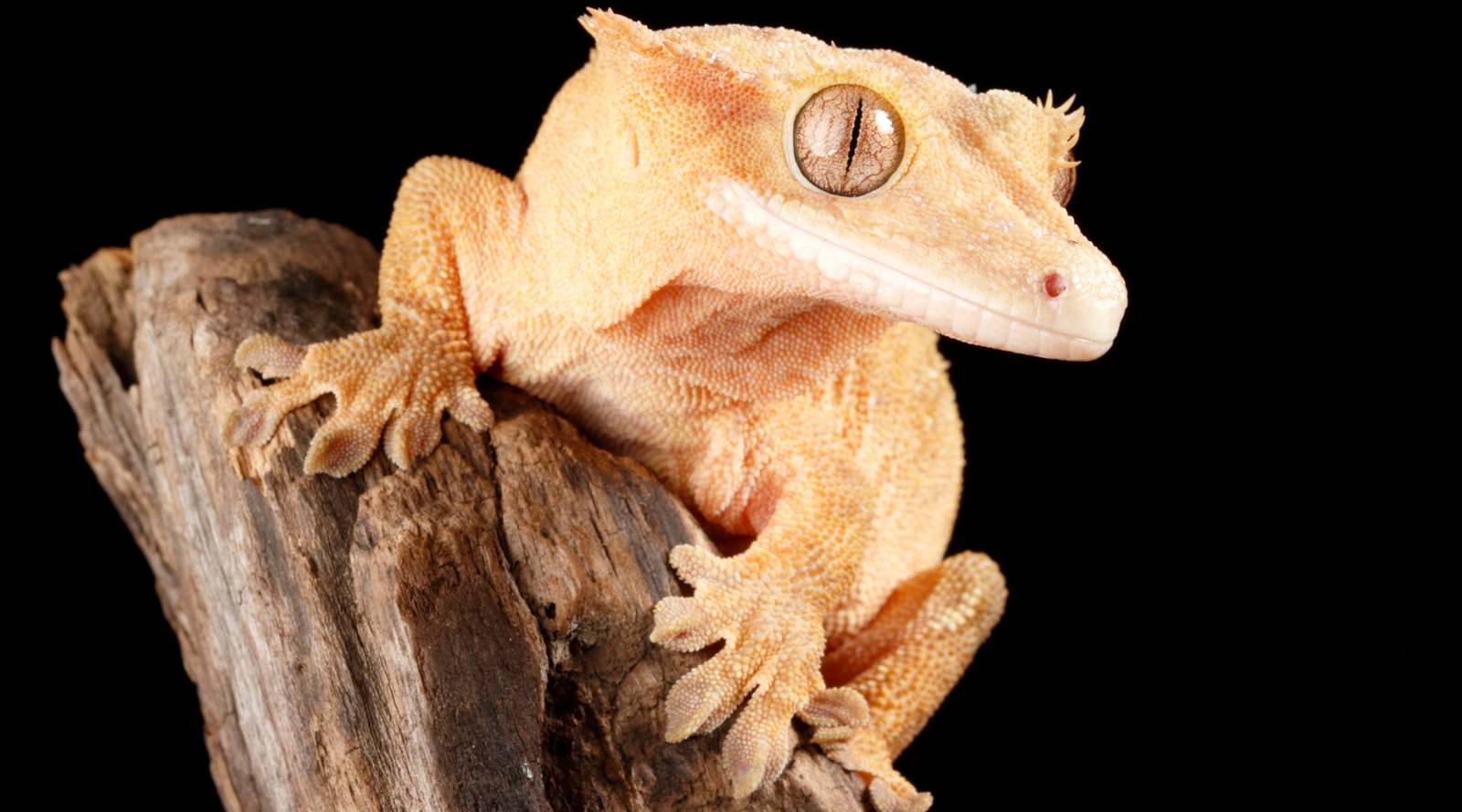
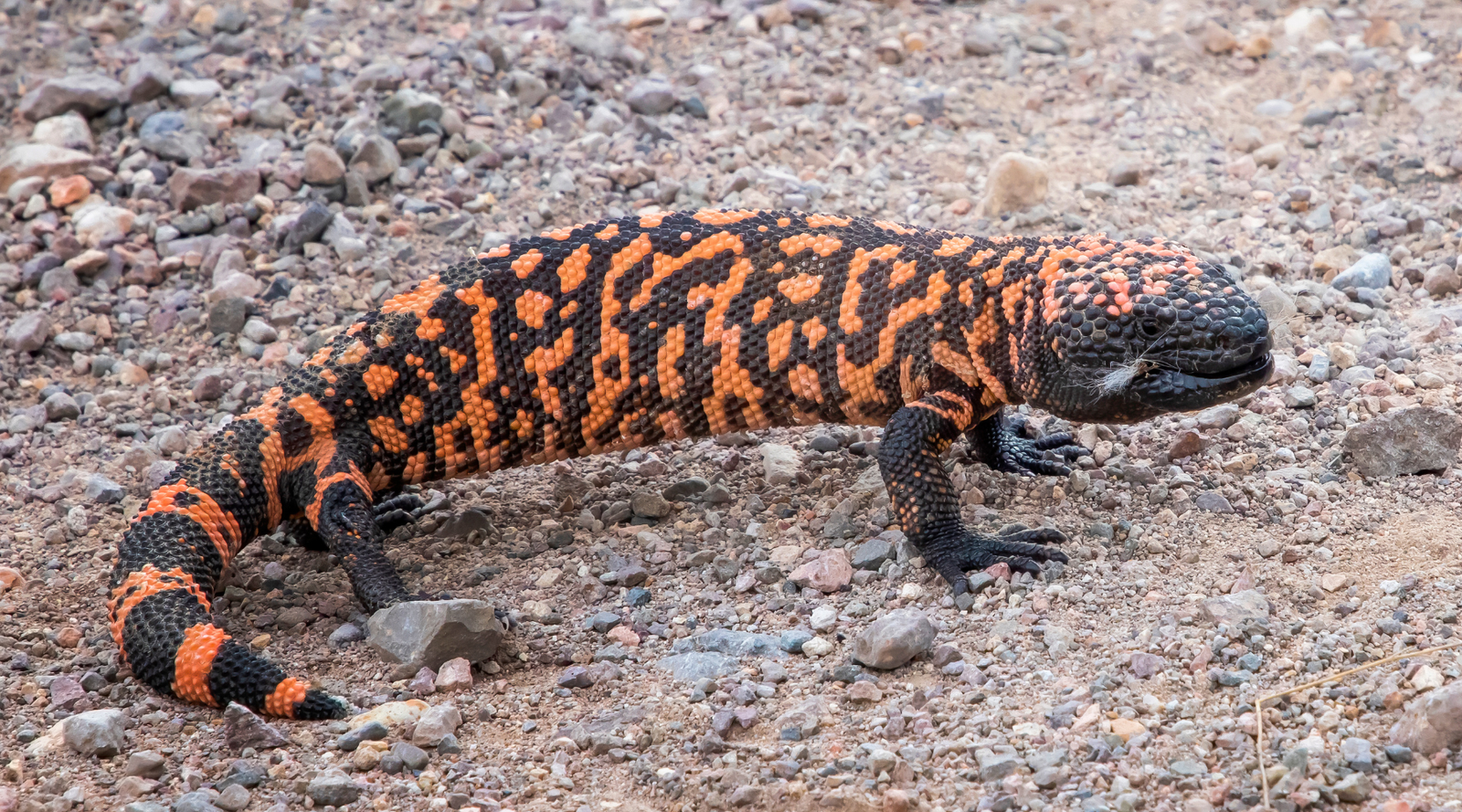
Jillian Matter
May 02, 2024
Love all animals!